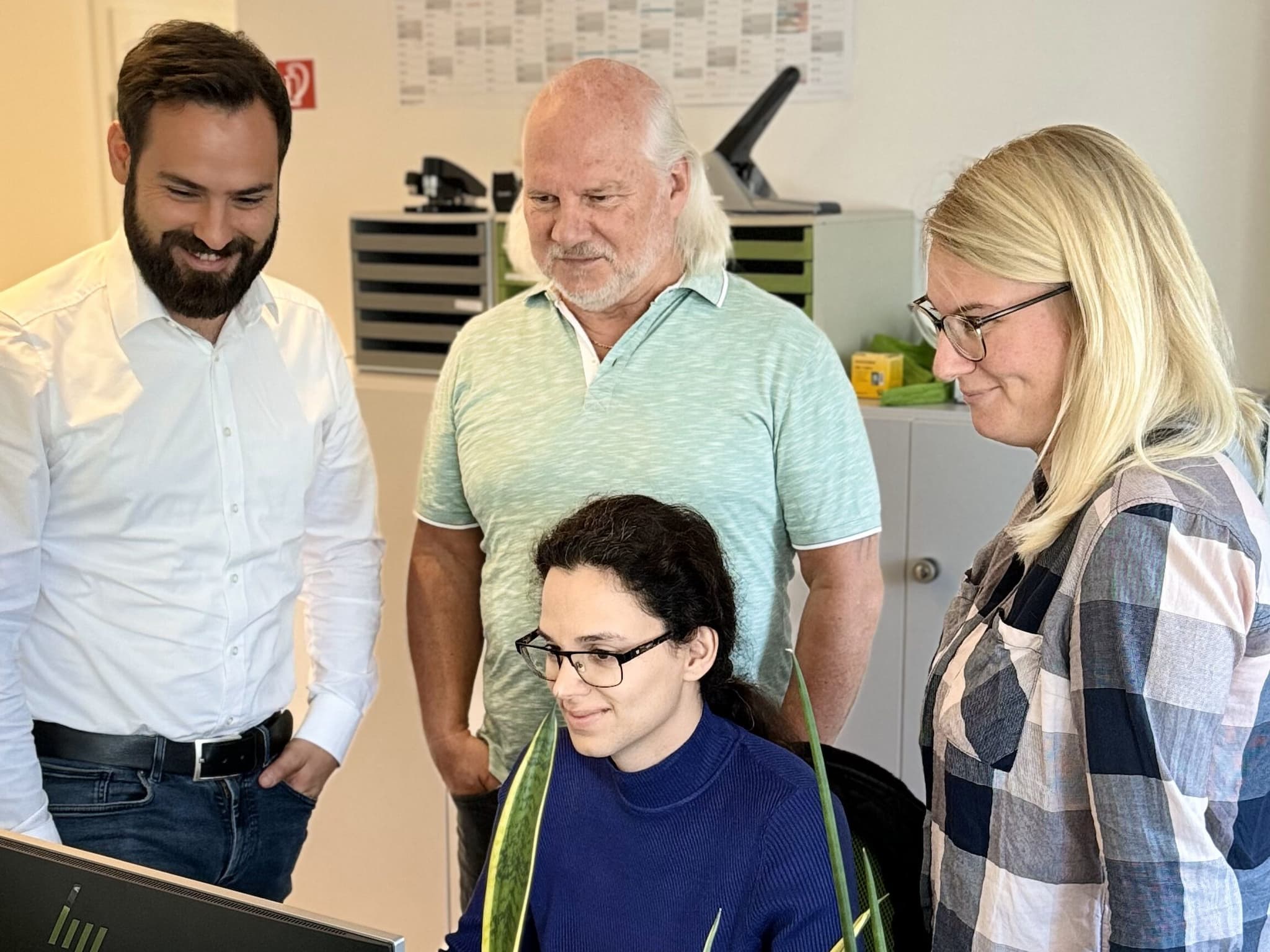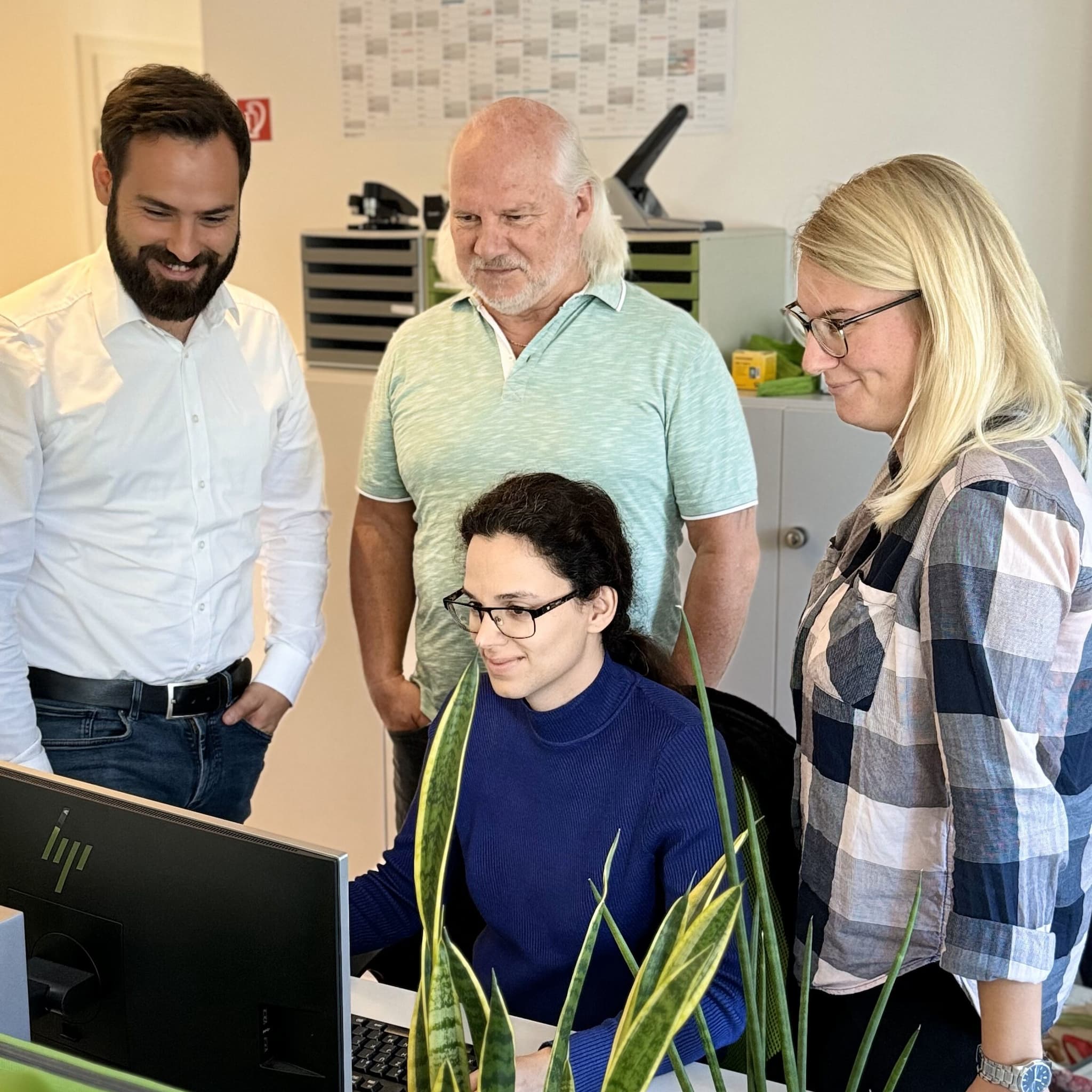71% of companies agree that they use agile methods frequently. Agile project management methodology is one of the most popular project management methodologies around and has revolutionized the way software teams and companies collaborate, develop and deliver their products today.
In this blog post, we discuss what exactly agile project management is, its differences from traditional project management methods and why most software development teams follow this method. We also explain its principles, methods, values and tools, as well as its key benefits for software teams, products and organizations.
1.1 What is project management?
Project management can be defined as the activities of planning, organizing, securing, monitoring and managing the resources and work required to achieve specific project objectives effectively & efficiently.
The project management approach used should always be adapted to the needs of the project.
1.2 Agile method vs. traditional project management method
Traditional or classic project management, known as the waterfall model, focuses on a linear approach in which all project phases are completed in sequential order.
The waterfall model method is not an ideal approach for the development of complex products, as this approach does not allow room for changes in requirements and, as a result, the risk of late product delivery is increased.
This is where the concept of agility comes into play.
In contrast to the waterfall model, the agile project management method is not linear, but is based on teamwork, flexibility and collaboration.
In agile project management, project phases are completed at short intervals. Changes are responded to quickly and the focus is more on implementing customer feedback and regularly reviewing the product.
2. What is the Agile Manifesto?
The Agile Manifesto outlines the core values and principles of agile software development and provides teams with an effective model for successfully implementing the agile project management philosophy to improve their work processes.
2.1 The important values in the Agile Manifesto
- Individuals and interactions are more important than processes and tools
- Functioning software is more important than comprehensive documentation
- Collaboration with the customer is more important than contract negotiation
- Responding to change is more important than following a plan
2.2 Important principles in the Agile Manifesto
- Customer satisfaction has the highest priority.
- Changes to requirements — even late in the development process — are welcome.
- Delivery of finished work at regular, preferably short intervals.
- Putting together a motivated team, with the right environment and support, as well as trust in the team.
- Personal communication from outside and within the development team.
- The most important measure of progress is the functionality of the software.
3. Advantages of agile software development
- Increased adaptability: This is because agile teams practice iterative development, where they plan and execute work in small chunks.
- Increased customer satisfaction: Agile teams start with the understanding that customer satisfaction is a top priority, and successful agile outcomes emphasize regular interactions with the customer.
- Reduced risk: Through regular customer feedback & continuous collection of lessons learned from previous team work as well as feedback in sprint reviews & sprint retrospectives.
- Increased business value: By focusing on iterative improvement, the team spends more time on high value work. This leads to faster value creation and the ability to meet market requirements sooner.
4. What is Scrum?
The Scrum method is an agile framework that supports teams in working together and helps them to complete software projects in true agile principles. It provides a guideline with values, roles and guidelines so that the team can focus on continuous improvement through iterations.
- Scrum Values: Commitment, Courage, Focus, Openness & Respect
- Scrum artifacts: product backlog, sprint backlog & product increment
- Scrum events: Sprint; Sprint Planning; Daily Scrum; Sprint Review; Sprint Retrospective
- Advantages: Continuous improvement; Fast implementation; Faster innovation; Satisfied customers
5. Scrum team and stakeholders
- Product Owner: Manages the product roadmap, prioritizes the sprint backlog, defines the product vision and manages the stakeholders.
- Scrum Master: Moderates Scrum events. Acts as a coach for the rest of the team and ensures that the team can work in a focused manner during a sprint.
- Developers: Developers create the product and are responsible for programming, testing and troubleshooting the product.
- Stakeholders: All other people who have interests in the development of the project. However, these people are not part of the Scrum team and do not have to be explicit managers, subject matter experts or similar.
6. Known Agile & Scrum software project management tools
- Jira by Attlasian: Agile teams often use Jira because it is a powerful, flexible tool that supports the core principles of agile methods such as Scrum and Kanban, backlog management, sprint planning and tracking as well as reporting and analytics.
- Confluence: Agile teams use Confluence primarily for documentation and collaboration. It complements tools like Jira by providing a central place for teams to create, organize and share information.
- ClickUp: Agile teams use ClickUp because it integrates task management, time tracking, goal setting and reporting into a single platform. It also offers customization and flexibility, as well as multiple views for workflows.


